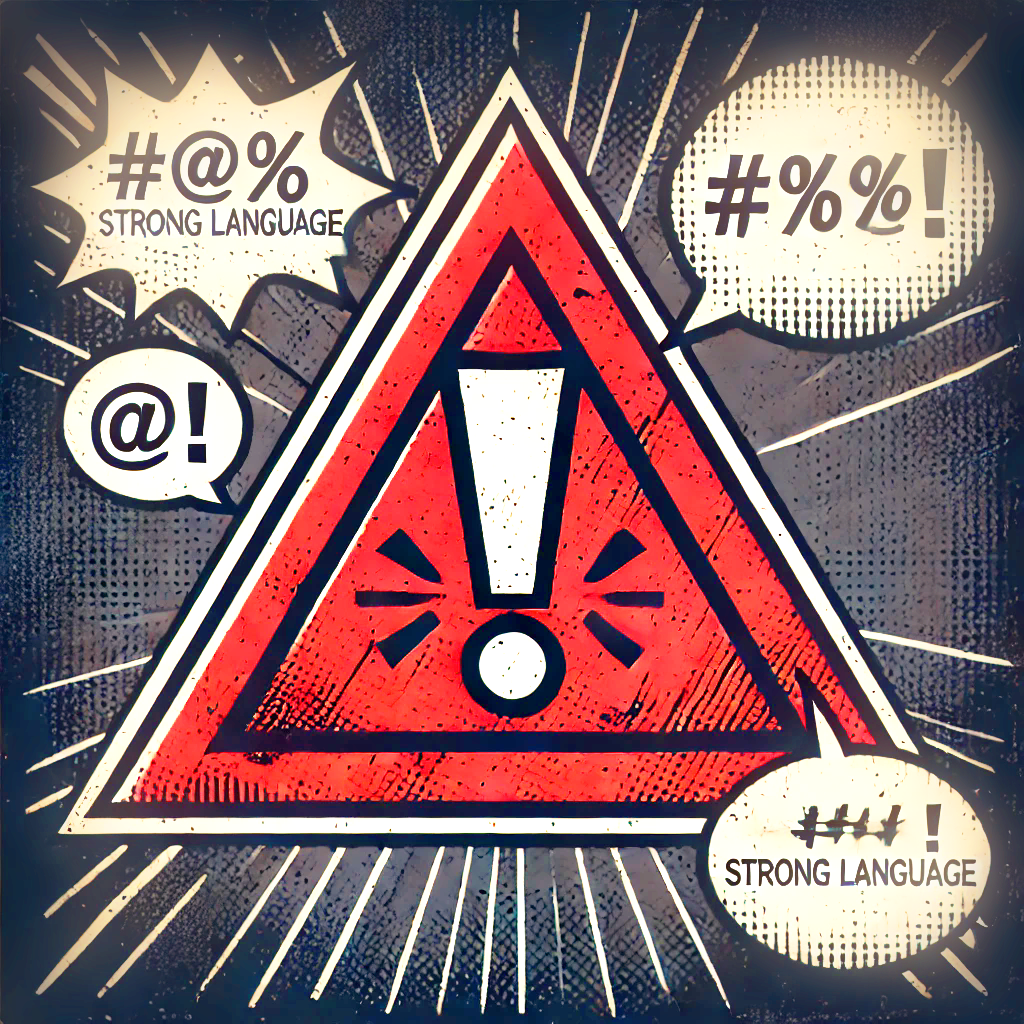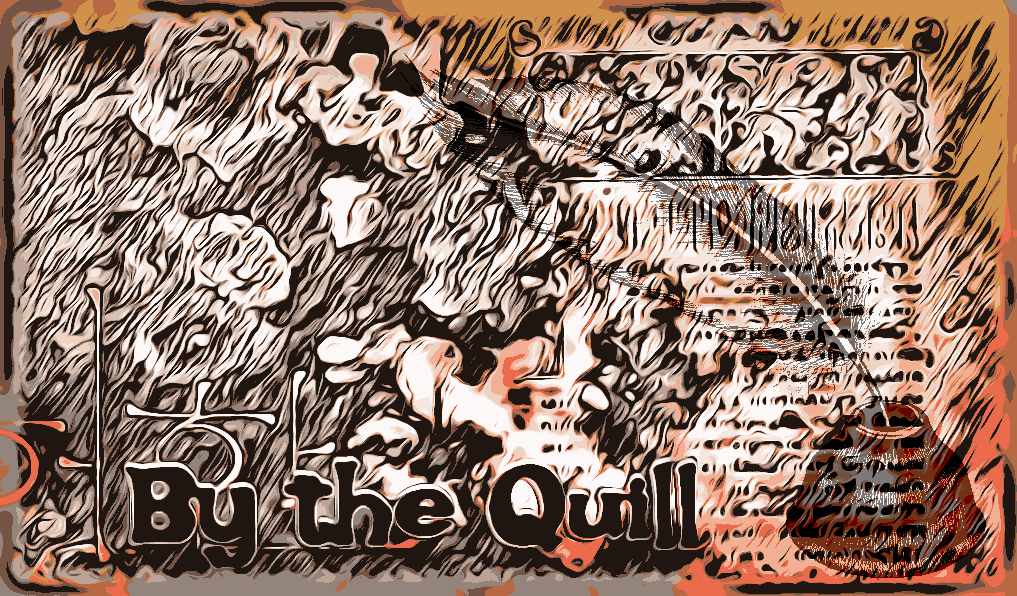Nostalgia is a powerful tool in storytelling. It has the ability to transport readers to a different time, evoke emotions they may have forgotten, and create a connection between the past and the present. However, the line between using nostalgia effectively and relying on it as a crutch is thin. When done right, nostalgia can enrich a story; when done wrong, it can make a story feel stale and predictable. Here’s how you can harness the power of nostalgia without falling into the trap of clichés.
1. Be Specific, Not Generic
When invoking nostalgia, specificity is key. Instead of referencing generic aspects of a bygone era, like “the good old days” or “simpler times,” focus on unique, tangible details that resonate deeply with your characters and audience. The smell of your grandmother’s kitchen, the sound of a vinyl record crackling, or the feel of an old flannel shirt—these are the specifics that bring nostalgia to life. It’s these details that make your story personal and memorable, avoiding the pitfall of overused tropes.
2. Integrate, Don’t Isolate
Nostalgia should be woven into the fabric of your story, not tacked on as an afterthought. It works best when it’s integral to the characters’ experiences and growth. Instead of having a character simply reminisce about the past, let that nostalgia drive their decisions or affect their relationships in the present. This creates a more dynamic narrative, where the past informs the present, rather than just being a decorative backdrop.
3. Avoid the Rose-Colored Glasses
While it’s tempting to portray the past as perfect and idyllic, doing so can lead to a one-dimensional and unrealistic story. Remember, nostalgia is often bittersweet. Acknowledge the imperfections of the past—perhaps through the eyes of a character who sees their childhood home is smaller and more worn than they remember. This balanced approach not only adds depth to your story but also makes the nostalgia more relatable and grounded.
4. Subvert Expectations
One way to keep nostalgia from becoming cliché is to subvert it. Play against the expectations of your audience. If they’re anticipating a comforting trip down memory lane, surprise them with a revelation that challenges their assumptions about the past. Maybe the beloved family tradition wasn’t as joyful as everyone remembers, or the childhood hero turns out to be flawed. These twists can keep your story fresh and engaging, while still tapping into the emotional power of nostalgia.
5. Mix Nostalgia with Modernity
Pairing nostalgia with modern elements can create a compelling contrast that keeps your story relevant. Show how the past influences the present in surprising ways, or how old-fashioned values clash with contemporary ideas. This interplay can highlight the evolution of your characters and their world, giving your story a richer, more layered narrative.
Nostalgia, when used thoughtfully, can be a potent tool in your storytelling arsenal. It connects readers to your characters and your world, evoking emotions that are both deeply personal and universally understood. By being specific, integrating nostalgia into the narrative, avoiding idealization, subverting expectations, and blending the past with the present, you can harness its power without falling into the trap of clichés. In doing so, you’ll create stories that resonate on a deeper level, leaving a lasting impression on your readers.
By striking this delicate balance, writers can craft stories that not only evoke the warmth and longing of the past but also offer fresh perspectives and unexpected twists. Nostalgia, when wielded with intention and creativity, becomes more than just a sentimental journey; it transforms into a narrative force that bridges generations, challenges assumptions, and ultimately enriches the tapestry of storytelling itself. So, embrace the power of nostalgia, but remember: the most memorable stories are those that dare to look beyond the rose-tinted glasses and find the extraordinary within the ordinary.




Leave a Reply